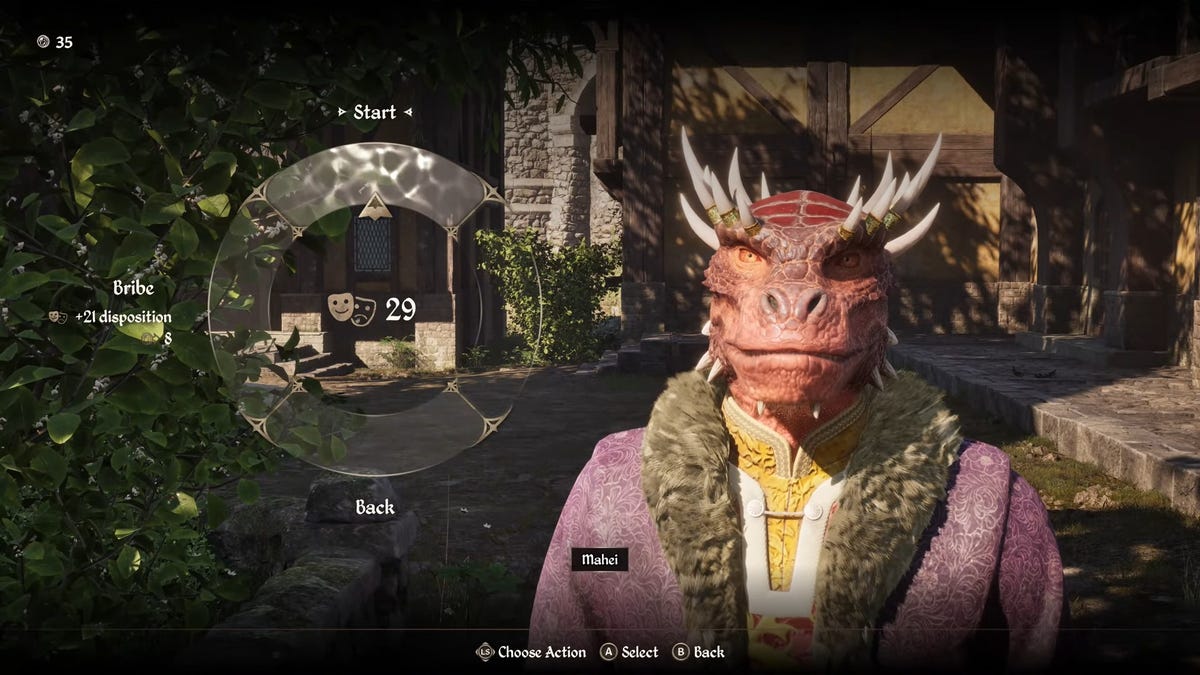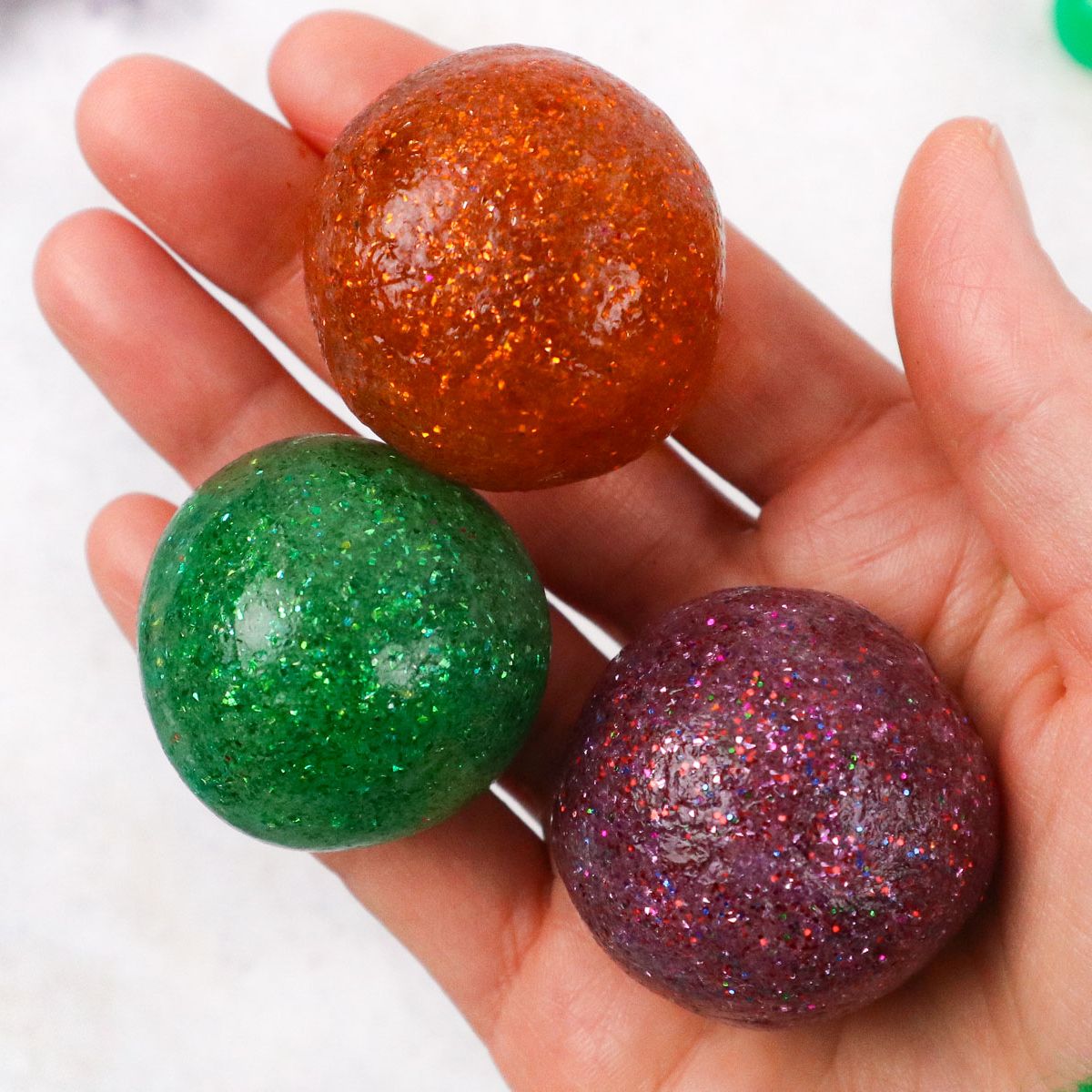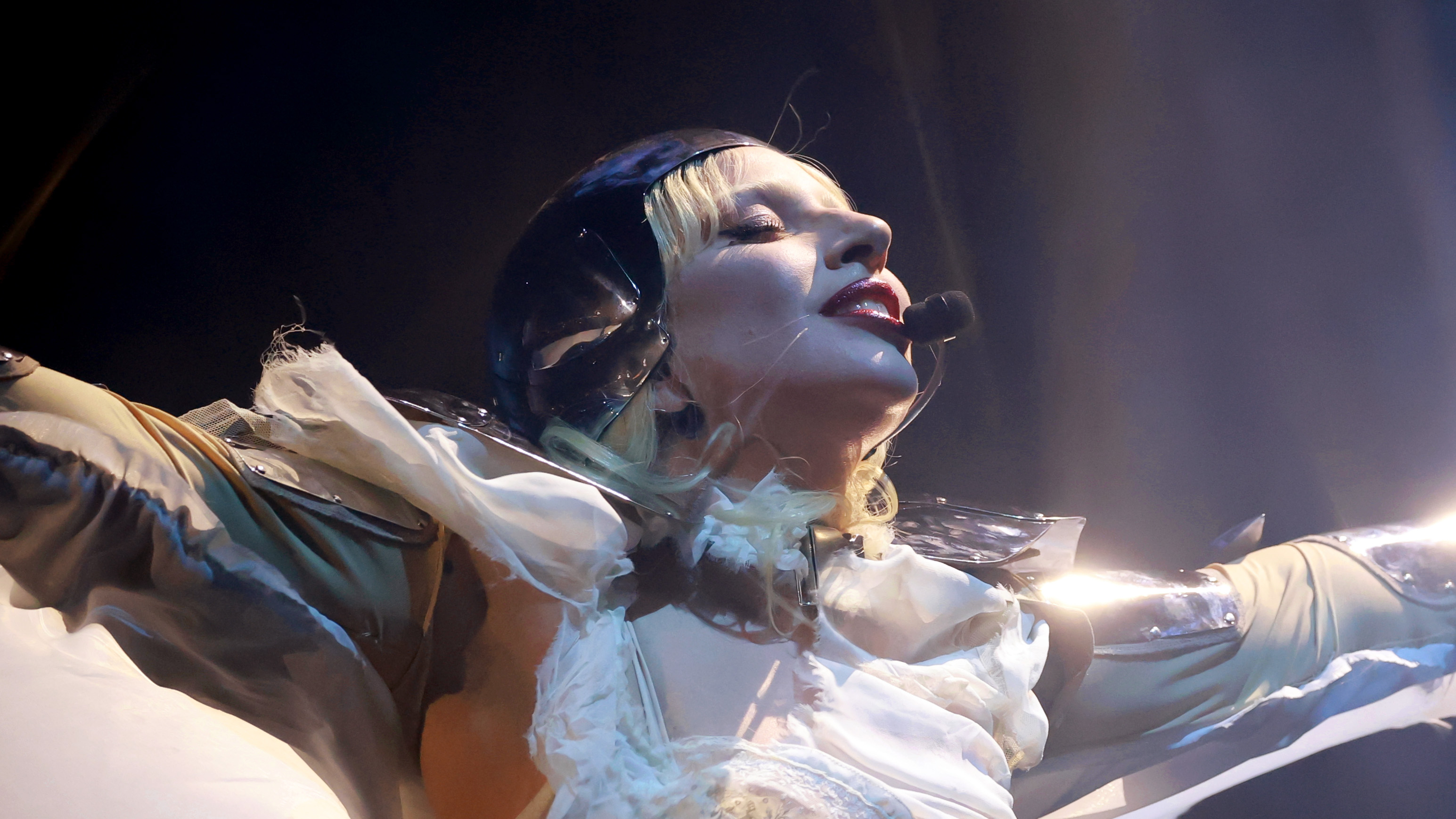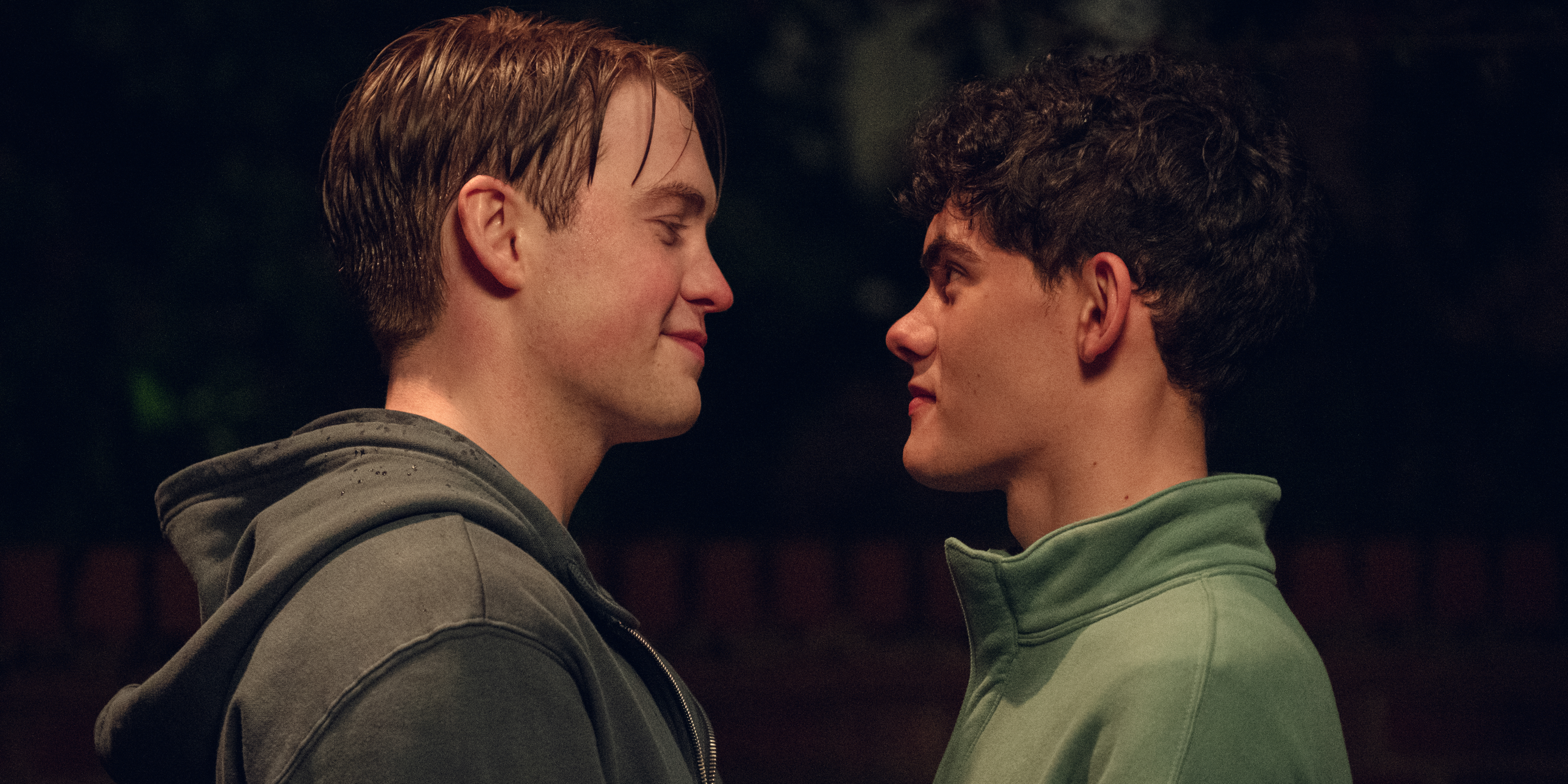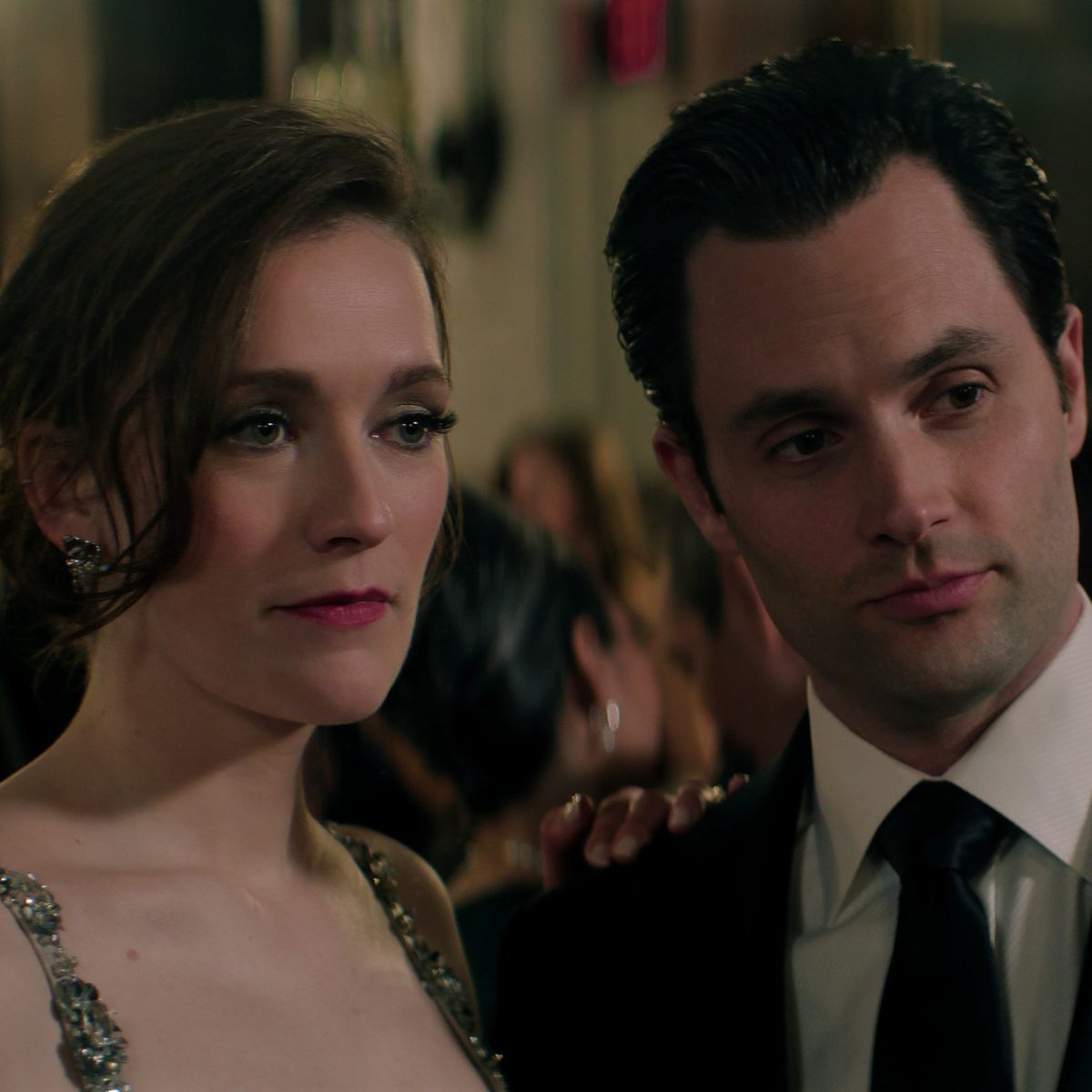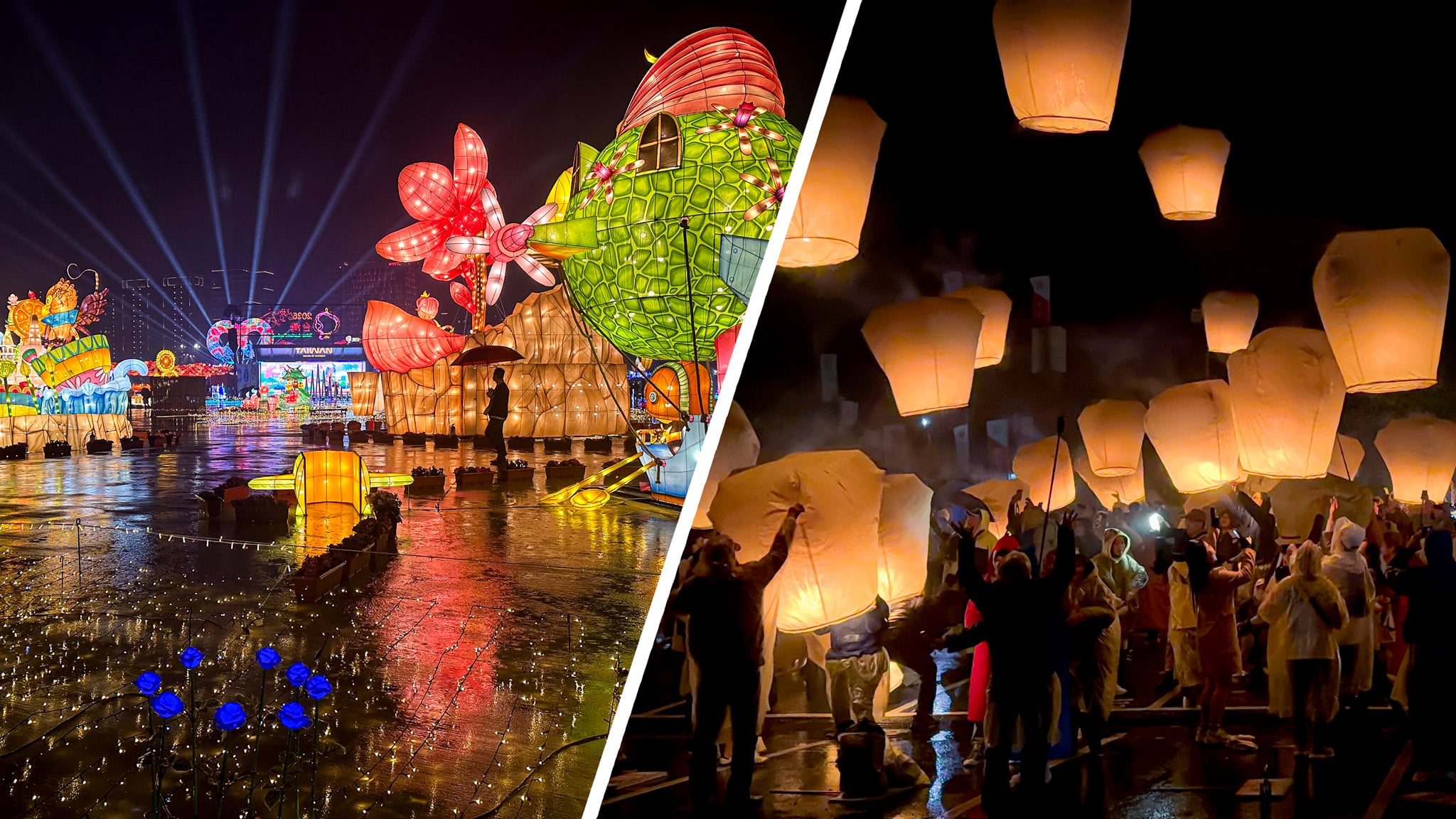The Elder Scrolls IV: Oblivion Remastered Review in Progress
So far this has been a fantastic return to an adorably weird open-world adventure.


Like a member of the Mythic Dawn popping out of a secret room to stab the emperor in the back, a remaster of The Elder Scrolls IV: Oblivion has shown up out of nowhere, and it’s a dagger I’ll gladly throw myself on. As one of my favorite RPGs ever, it’s no surprise that I’ve already put in a full day’s worth of playing: I’ve closed a dozen Oblivion gates as the hero of Kvatch, made Faustian bargains with a bunch of Daedric gods, fought to become champion of the arena in the Imperial City, and am well on my way to completing a few of the faction questlines – and so far I’m quite impressed by the substantial upgrades of this new version. I recently revisited the original Oblivion, so with its shortcomings very clear in my mind, the improved UI, revised voice lines, and especially the graphical overhaul have made this nearly 20-year-old classic massively more playable. That said, I’ve also seen a disappointingly recognizable amount of jank, like weird animations when getting on a horse, broken questlines, and regular framerate hitching. But as someone who is pretty immune to the charms of nostalgia alone, I’m still having a fantastic time returning to this adorably weird open-world adventure.
It probably goes without saying that the graphical upgrade is Oblivion Remastered’s biggest improvement. While things definitely don’t look anywhere near the normal standards of today, putting this version side-by-side with its 2006 doppelganger is eye-raisingly impressive. The entire map is crisp, with a draw distance my teenage-self could have only dreamed of. Lighting, shadows, and character lip syncing in particular have been overhauled so much that it’s actually kind of shocking. That said, other things bizarrely didn’t get the memo, like the faces of NPCs, which are almost universally hideous and cartoonish and have about a 40% chance of being cross-eyed. (Although, honestly, being horrified by character faces might actually be part of the authentic Oblivion experience.) So not every Nord and mudcrab is as beautiful to look at as your typical big budget game in 2025, but it’s still a total glow up. It’s one of those situations where I somehow remember things looking just like this in 2006, even though they very clearly looked much worse, which speaks to how the spirit and style of the original has been maintained.
Perhaps the thing that has had the biggest impact on gameplay in Oblivion Remastered is the inclusion of a sprint button. If you haven’t played Oblivion in over a decade, yes, there was no sprinting – wild, I know – and if you never played it, just understand that you’ll never truly know this gift you’ve been granted from Akatosh himself. I don’t even really mind that I’m now losing stamina by sprinting (something that annoys me in RPGs where you’re literally always running around). It’s worth it, even if it does have the odd side effect of making the entire map feel smaller, especially cities and dungeons that can now be fully explored in about half the time. This change has also made me care a whole lot more about investing in skills and magical buffs that increase my stamina, since now I’m using that meter for nearly everything I do. But despite the extra fiddling that causes, moving quickly through areas I already know like the back of my hand makes for a remarkably less tedious time.
There are also a bunch of major changes to the UI, skills, and leveling system, as well as an entirely new feature called Character Origins, which seem to further modify starting stats. The UI has been modernized with today’s design sensibilities, so there are lots of appreciated additions you might not even notice. The compass has moved to the top of your screen and provides way more information; the health, magicka, and stamina meters are now spaced out across the screen instead of being shoved into one corner together; and the menus are much more intuitively placed, so you can toggle between your spells and character stats a lot faster. Some elements still feel pretty old timey – like the quest log popping up right in the middle of the screen anytime you’ve reached a new milestone in one, awkwardly interrupting whatever you were doing – but most of these annoyances haven’t bothered me much just yet. I also just need to spend more time with the altered leveling system and skills to understand if those changes were for better or worse.
Although developer Virtuous Games headed up this remaster, this is still a Bethesda game through and through, and with that comes a lot of bugs. I've already seen odd stuff, like one time when an Oblivion gate disappeared before my eyes, or how an NPC walked away and wouldn’t let me talk to them even when my quest objective told me I had to (though I was still able to advance the questline despite the log not updating, otherwise I’d be madder about that). Then there’s just plain and simple performance issues I’ve seen while playing on Xbox Series X, like how I lose frames for a second or two anytime the autosave triggers or if I’m battling too many dirty, rat-faced scamps in Kvatch. So far most of this has been the usual cheeky blunders that generally don’t ruin my time, but it’s definitely a bummer to see that two decades wasn’t long enough to fix this janky fantasy world.
That’s all I’ve got for now, but am hoping to have a full review before too long. First I want to wrap up the main quest line, pay a visit to the Shivering Isles, and maybe go on a rampage across Cyrodil just to hear the Imperial guards give me their arrest monologue a few hundred more times. Okay. That’s it. Gonna go catch vampirism or something now. Goodbye.


















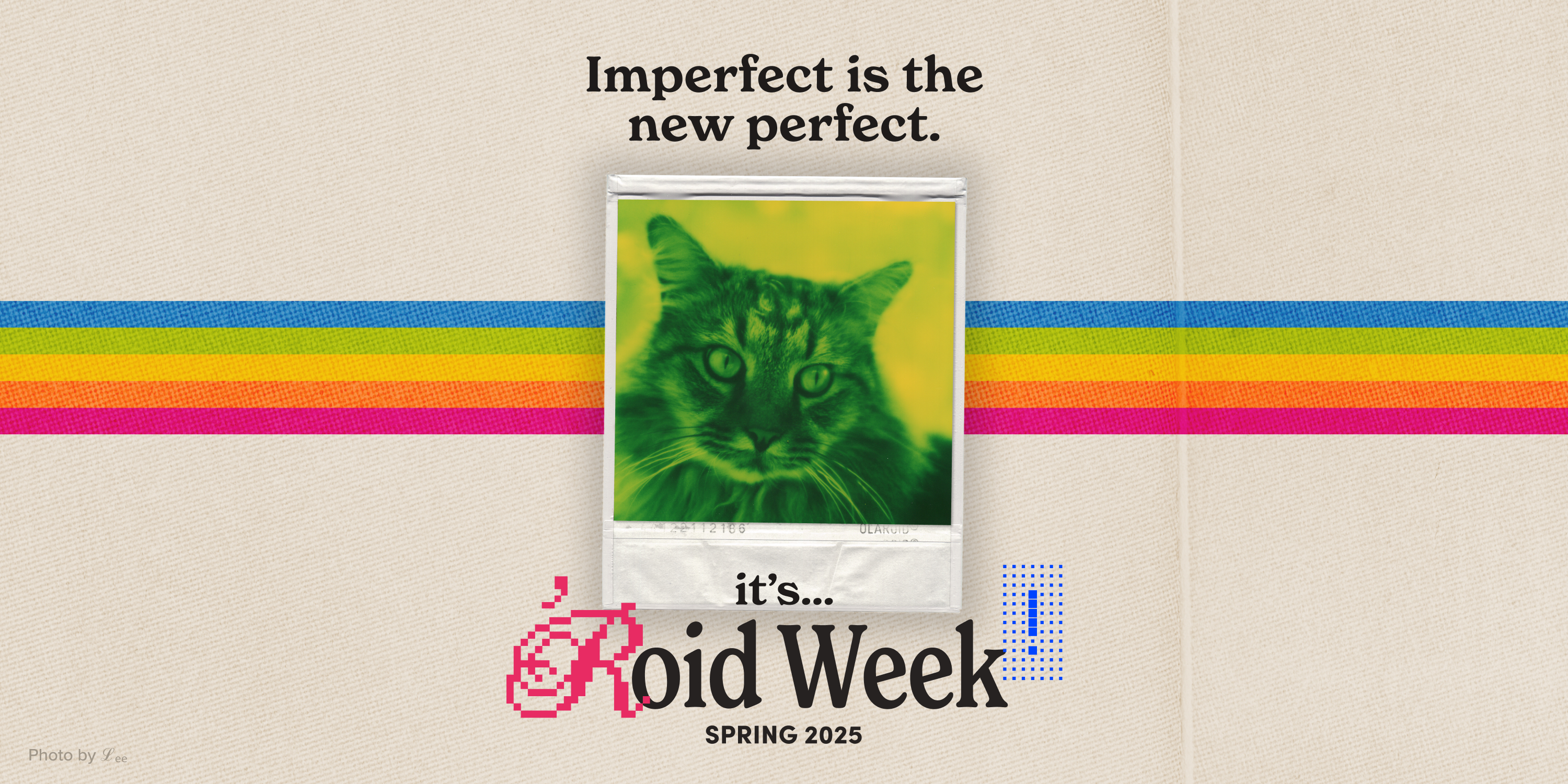









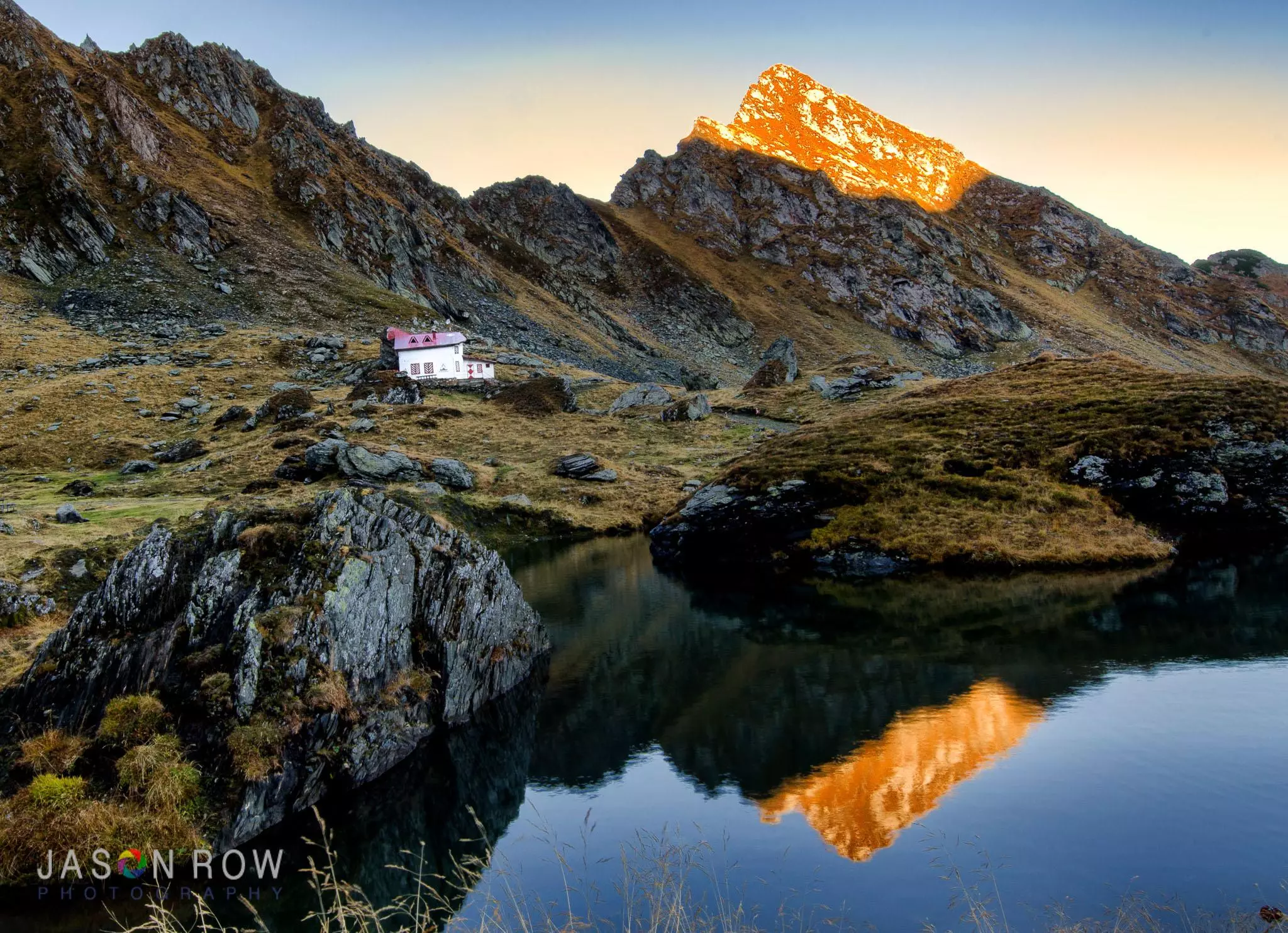

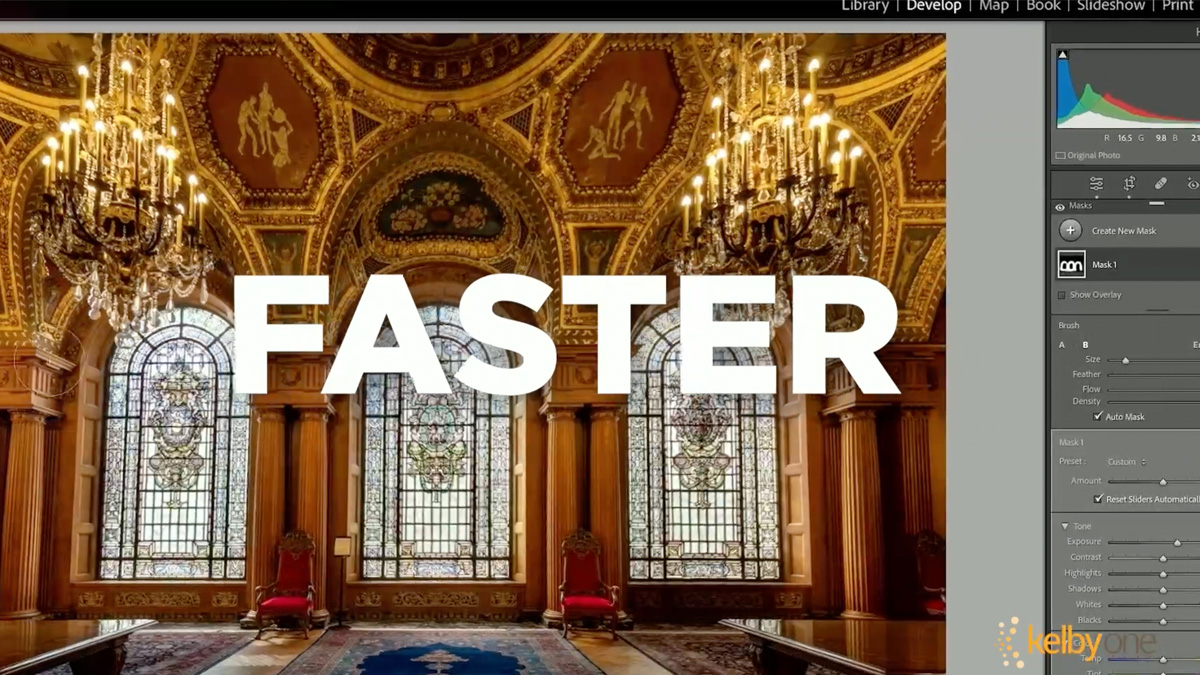

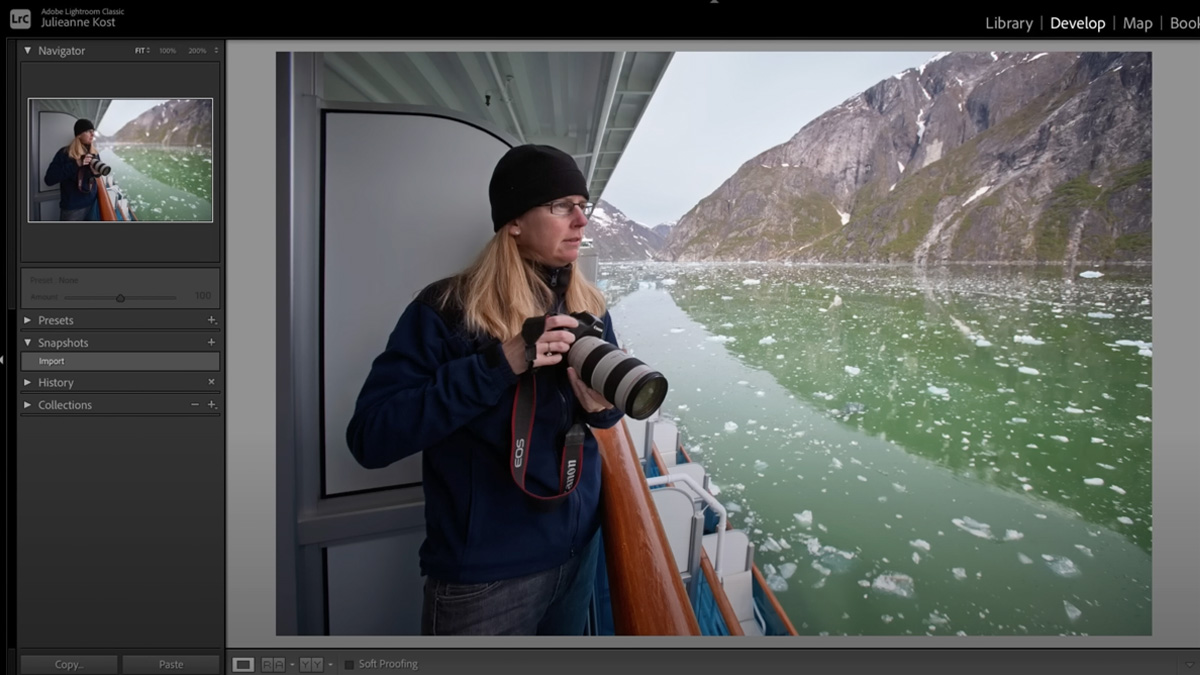

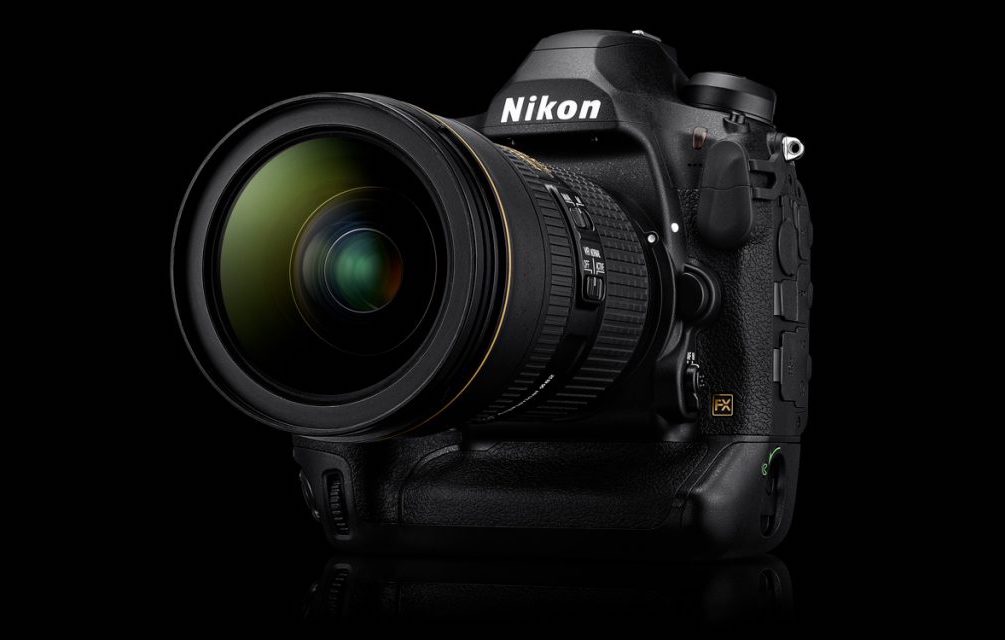
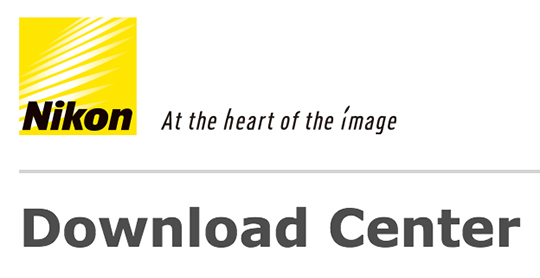













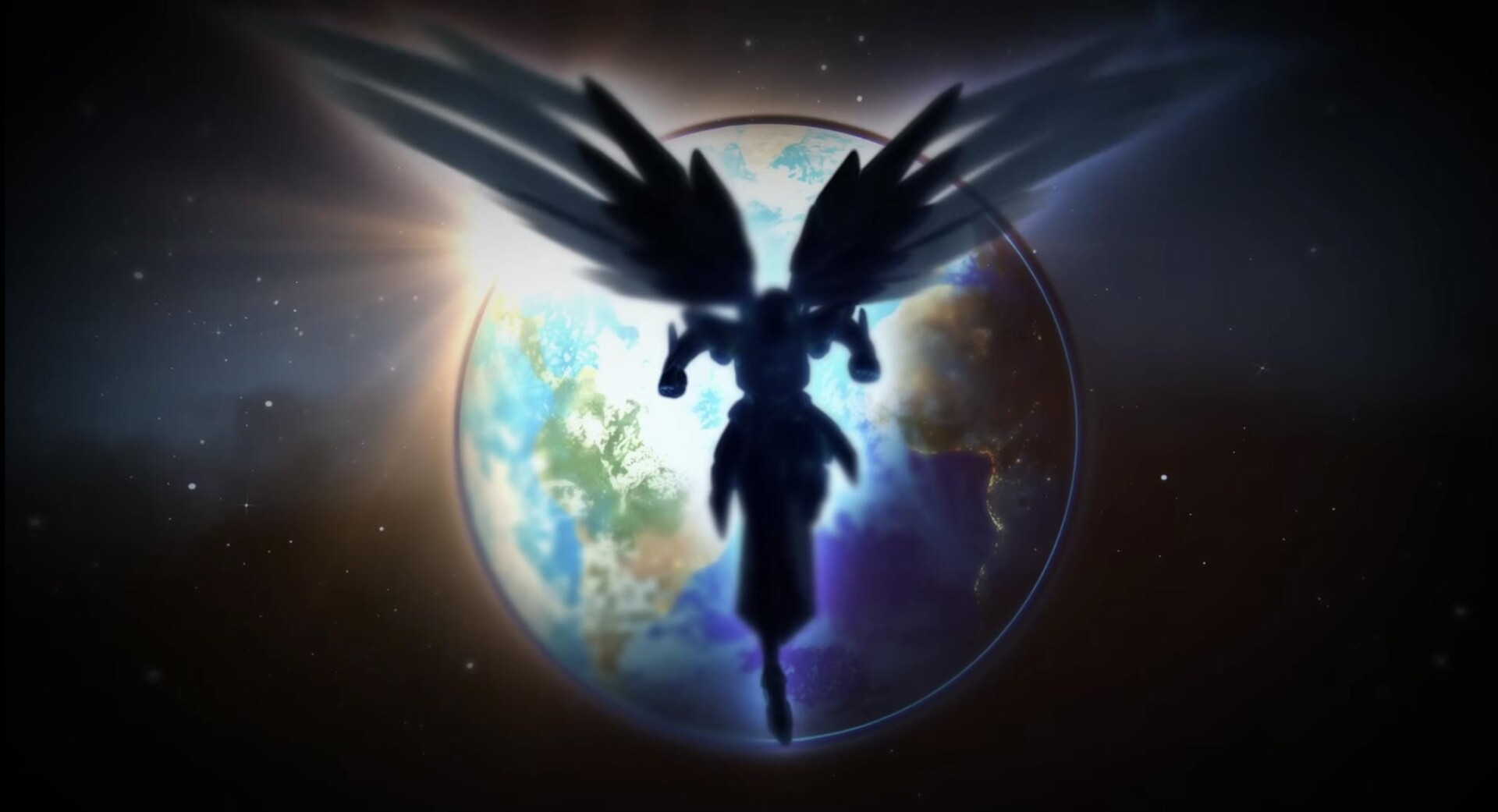







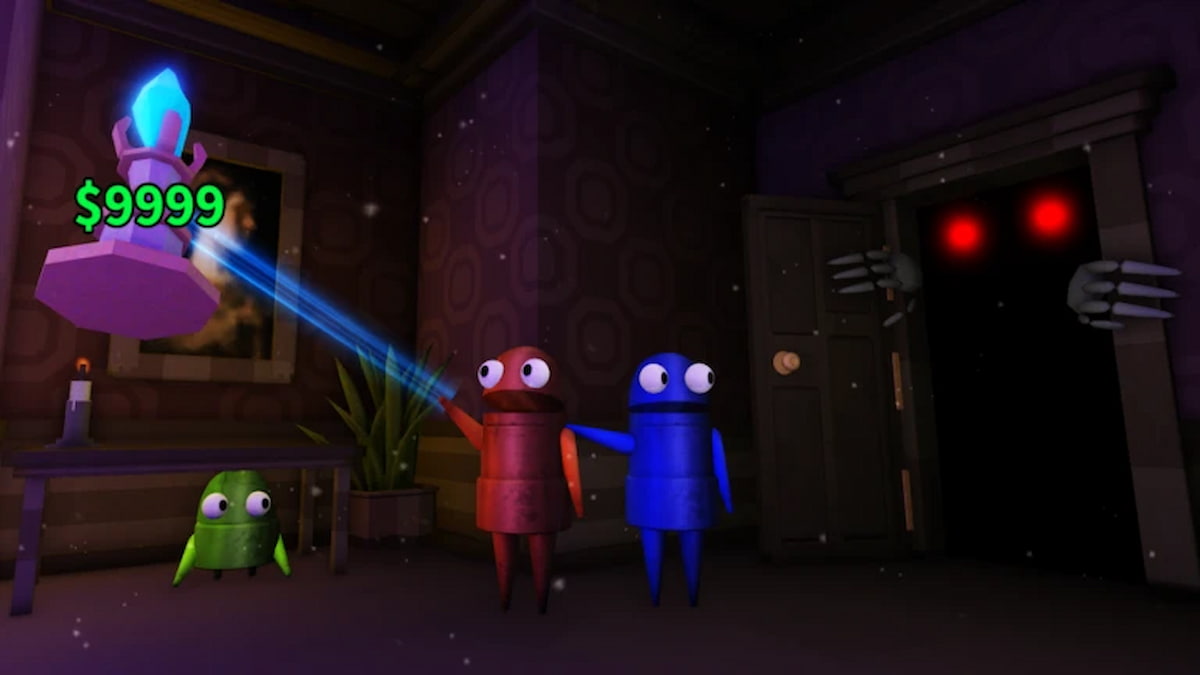


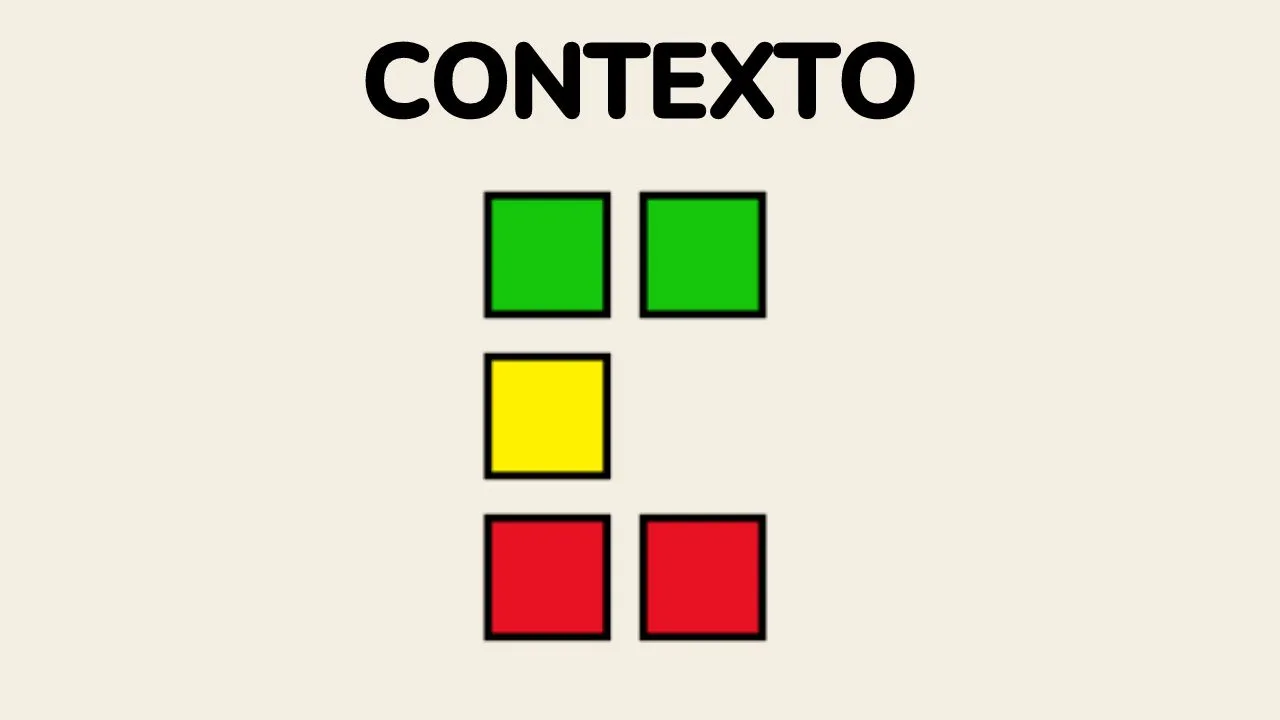

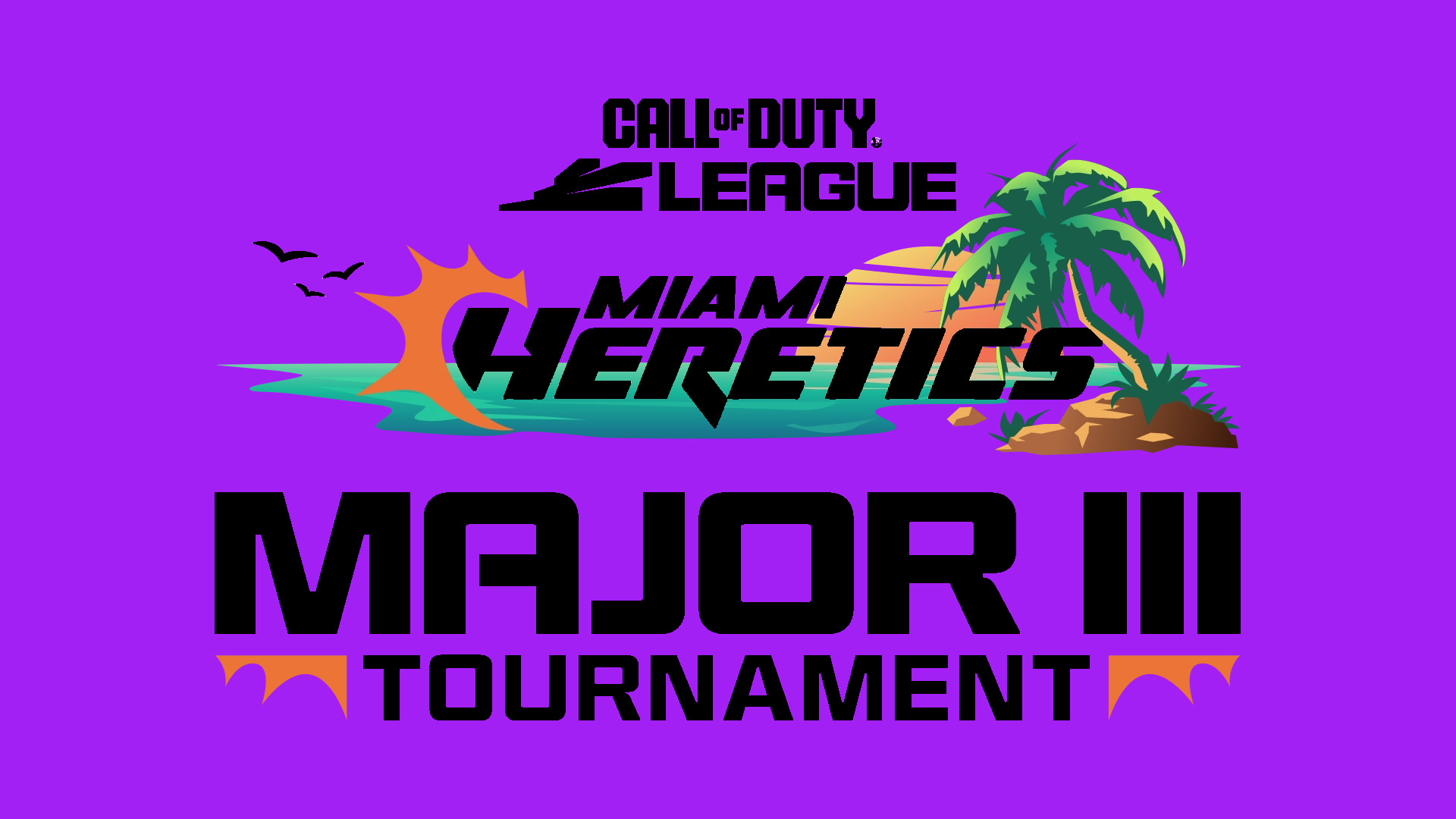


-Classic-Nintendo-GameCube-games-are-coming-to-Nintendo-Switch-2!-00-00-13.png?width=1920&height=1920&fit=bounds&quality=70&format=jpg&auto=webp#)















